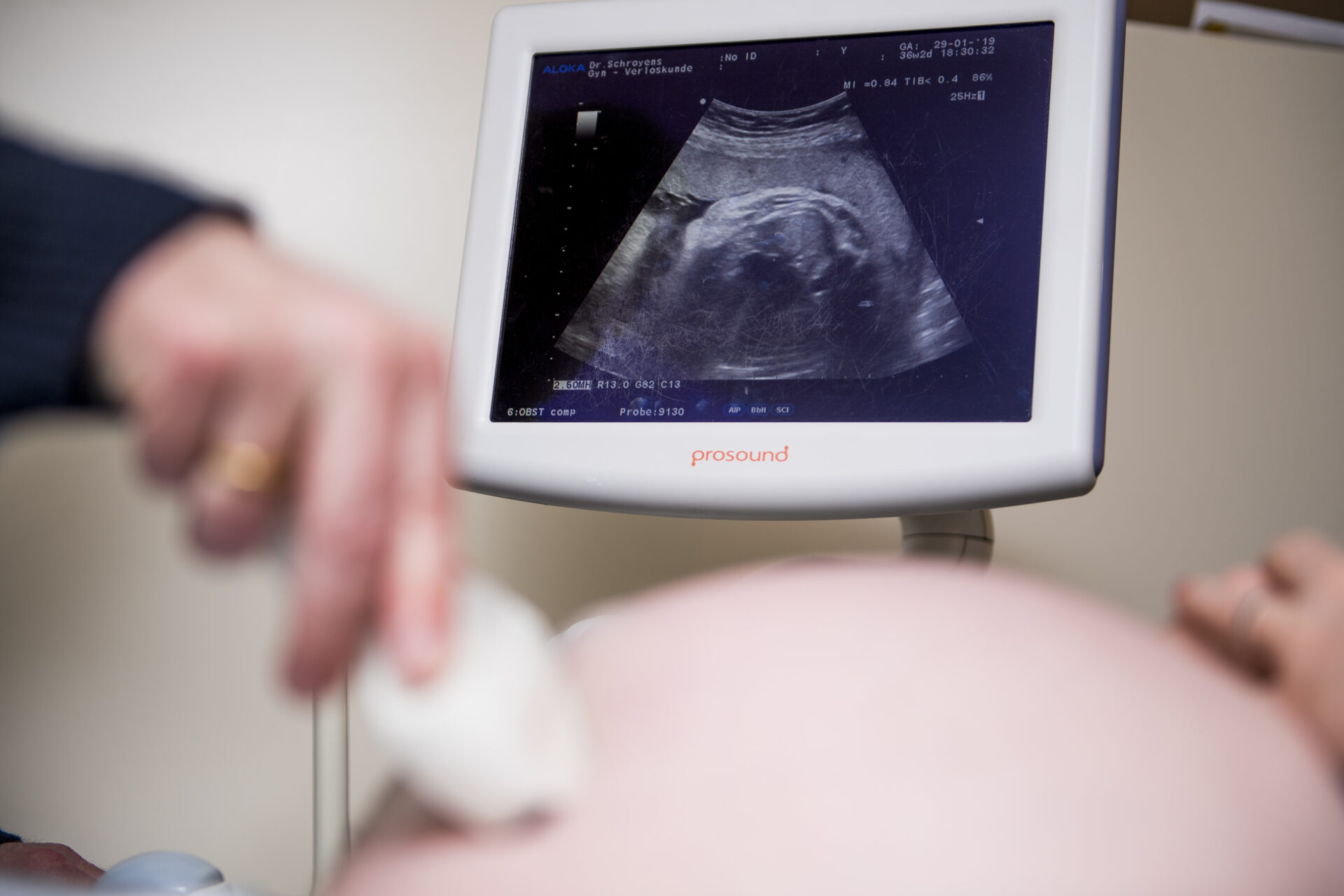Belgium's population will continue to grow in the coming years, but from 2040, the demographic growth will be limited to Flanders, with Brussels even predicted to shrink from 2030.
According to a new study by the Federal Planning Bureau (FPB), the overall number of inhabitants is expected to rise in Belgium until 2070, but at a slower pace than before. There will be an annual average of 25,000 additional inhabitants compared to 40,000 people per year on average over the past 50 years.
This figure hides discrepancies at the regional level, where evolutions vary dramatically. From the late 2040s, the population growth will only be seen in the Flemish Region.
"The FPB expects the population to grow by 17% between 2023 and 2070 in Flanders," the FPB's spokesperson Rik Vanhautegem noted. Meanwhile, Brussels and Wallonia are predicted to experience negative population growth from the 2030s and 2040s, respectively.
The population will increase by just 2% in Wallonia and even decline by 4% in Brussels. Here, projections show the population will drop by 1,900 inhabitants per year on average (compared to 500 additional inhabitants per year on average). This means around 1.195 million will live in the region by 2070 compared to 1.240 million in 2023.
Driving factors
A country's demographic growth is the net result of population inflows (births and immigrations) and outflows (deaths and emigrations). The natural represents the number of people born minus the number of people who die. The international migration balance weighs up those moving to the country with those leaving.
Until the 1970s, the country's demographic growth was largely driven by natural balance. Up until the turn of the century, the frequency of migration to Belgium contributed almost equally to the rising population. However, from the 2000s onwards, the international migration balance exceeded the natural balance – as people were having fewer babies.
Even though the FPB predicts that every woman in the country will recover to 1.6 children per woman by 2035 (up from the current average of 1.5 children per woman), this figure is lower than the level in the late 2000s (1.9 children per woman).

Doctor doing an ultrasound examination during a pregnant woman's visit to a gynaecologist. Belga/Jasper Jacobs
Recently published statistics also highlighted that the number of births is already dropping in Walloon and Brussels Region, where 1,800 and 1,900 fewer babies were registered compared to the 2019-2022 average, respectively. "The many uncertainties about the future development of our society seem to have a (downward) effect on the number of children desired by couples."
As the natural balance will become negative, immigration is projected to be the only driver of population growth by 2040. By 2070, immigration will remain relatively stable at around 160,000 new people moving to the country per year, mainly from non-EU countries. Emigration follows a similar trend, but at a lower level, reaching around 130,000 people per year.
Internal migration also plays a role. The drop in the population in Brussels alongside the rise in Flanders can mostly be explained by the exodus from the capital, which is seeing the capital lose inhabitants to the Dutch-speaking region.
More people living longer
Finally, life expectancy is predicted to rise from 81.7 years in 2022 to 88.9 years in 2070 for men and women combined. This combined with low fertility is contributing to a significant greying of the population.
"Belgium's population is ageing further: while in 2023 there were 3.6 people aged between 18 and 66 for every 67-plus, the ratio will be 2.4 in 2070." This will be especially noticeable in the next 20 years due to the baby-boom generation gradually leading to a significant increase in the number of people aged 66 and over.
With an increasing ageing population, as well as changing lifestyles (increasing number of divorces and separations, higher age of cohabitation, etc.), the number of single-person households will also rise significantly, from 5.1 million in 2023 to 5.9 million in 2070, an increase of 16%. The number of elderly people living in such situations will also increase.

